Finches have captured our attention for aeons, and around the world a number of similar-looking bird families have come to be commonly referred to as finches. They have a habit of living in small sociable groups, and are often cloaked in a striking plumage of resplendent reds, subtle olives, or delicate polkadot spots (sometimes all three!). This makes them very pleasing on the eye and great fun to watch as the finch party goes about its business. As biological history goes, it’s quite lucky that these birds are so easy to watch, as the observations Charles Darwin made of finches on the Galápagos Islands formed a key part in his derivation of the Theory of Evolution by Natural Selection.
Victoria’s native finches may not be as famous as the finches of the Galápagos, and you might not earn a reputation as esteemed as Darwin’s for watching them, but I highly recommend you get out and find them for yourself. It is possible to see five species of finch native to Victoria.
Red-browed Finch
For most readers, this is likely to be the species that you are most familiar with. They live in wetter parts of the state in the grassy habitats of forest openings, stream banks, and parks and gardens. If you live in the heart of Melbourne and think you will have to make something of a getaway to see this species, think again. Red-browed Finches can be easily found foraging among overgrown grasses along the Merri Creek Trail, Main Yarra Trail, and maybe even your own backyard if it has an ‘untidy section’. Although the bright flash of red from its rump and brow can often give it away, more often than not it forages unobtrusively among the grass and its little peeping calls are what belie its presence.
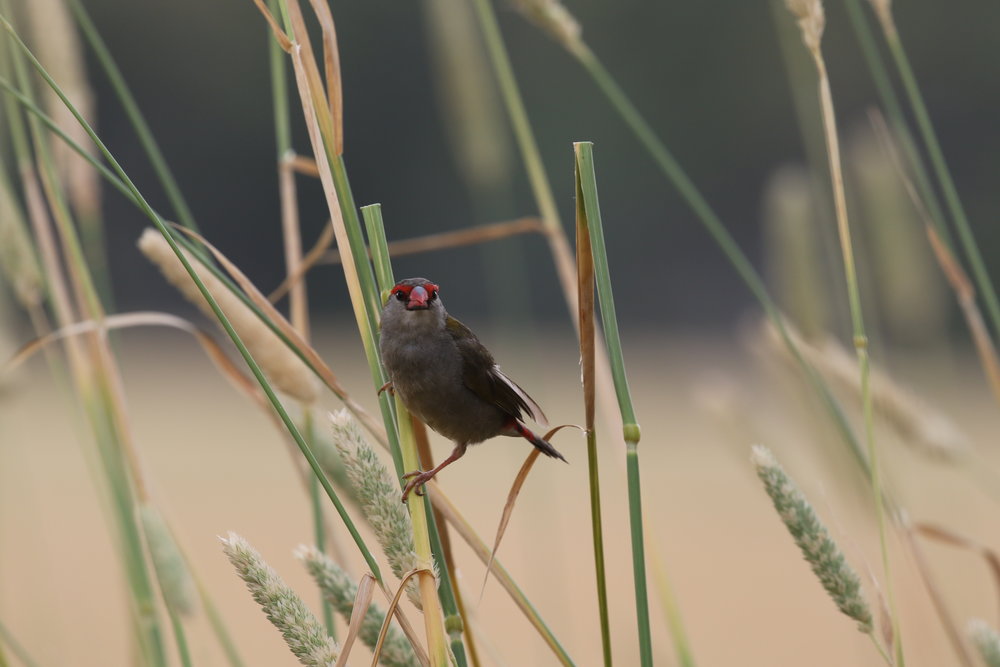
Zebra Finch
These charming little birds may also be familiar to you because they are often kept as pets in aviaries. They breed prolifically in captivity, provided they are well cared for, which has lent them well to scientific research. In fact, Australia’s Zebra Finches have become the second most studied species of bird behind the Great Tit, and have been used to study subjects varying from neurobiology and development of song, to sperm competition and quantitative genetics.
This species inhabits drier country and their movements are influenced by local conditions. They can be nomadic and move across the landscape in search of favourable foraging conditions, particularly in response to rainfall. Victoria’s Zebra Finch population hotspots are Hird Swamp Wildlife Reserve, Kerang Lakes, and Winton Wetlands. If you live in Melbourne and can’t spare the time to trek to the north of our state, Zebra Finches can usually be found along Point Wilson Road and Beach Road near Avalon Airport, and in the You Yangs.

Diamond Firetail
Humans have long-prized diamonds for their beauty and rarity. Although Diamond Firetails have been beautiful for as long as they have existed, the last century or so has seen these woodland denizens become quite rare. Suffering from the combined effects of habitat loss and habitat degradation, particularly in the core of their range along the inland side of the Great Dividing Range, populations of Diamond Firetails are in decline. For your best chance of seeing this true gem of a bird in Victoria, head to the Lurg Hills to the east of Benalla, Terrick Terrick National Park, or Little Desert National Park.
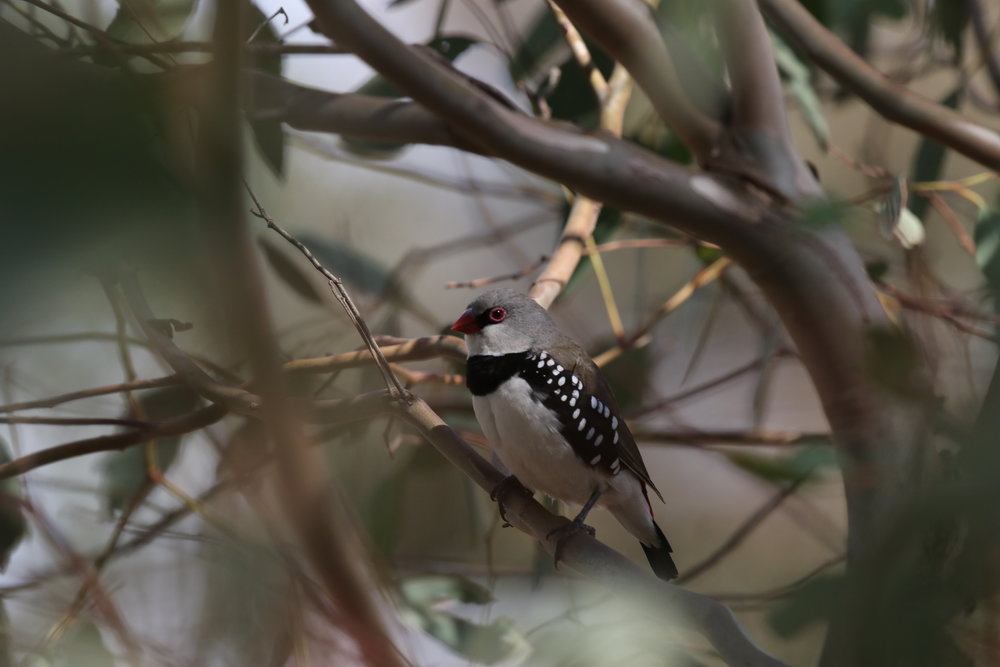
Beautiful Firetail
I often hear people complaining about how birds are named. For example, ‘Why do we call it a Pink-eared Duck when the spot of pink is so small you can hardly see it?’ In the case of the Beautiful Firetail, no such argument could be laid. Every bit of this bird is beautiful and to reinforce this point, not only does its common name include the word beautiful, but the species part of its scientific name, Stagonopleura bella, also translates to beautiful. In Victoria, Beautiful Firetails primarily inhabit wet coastal heathlands. They can regularly be found at Cape Liptrap, Cape Otway, and away from the coast in Bunyip State Park.
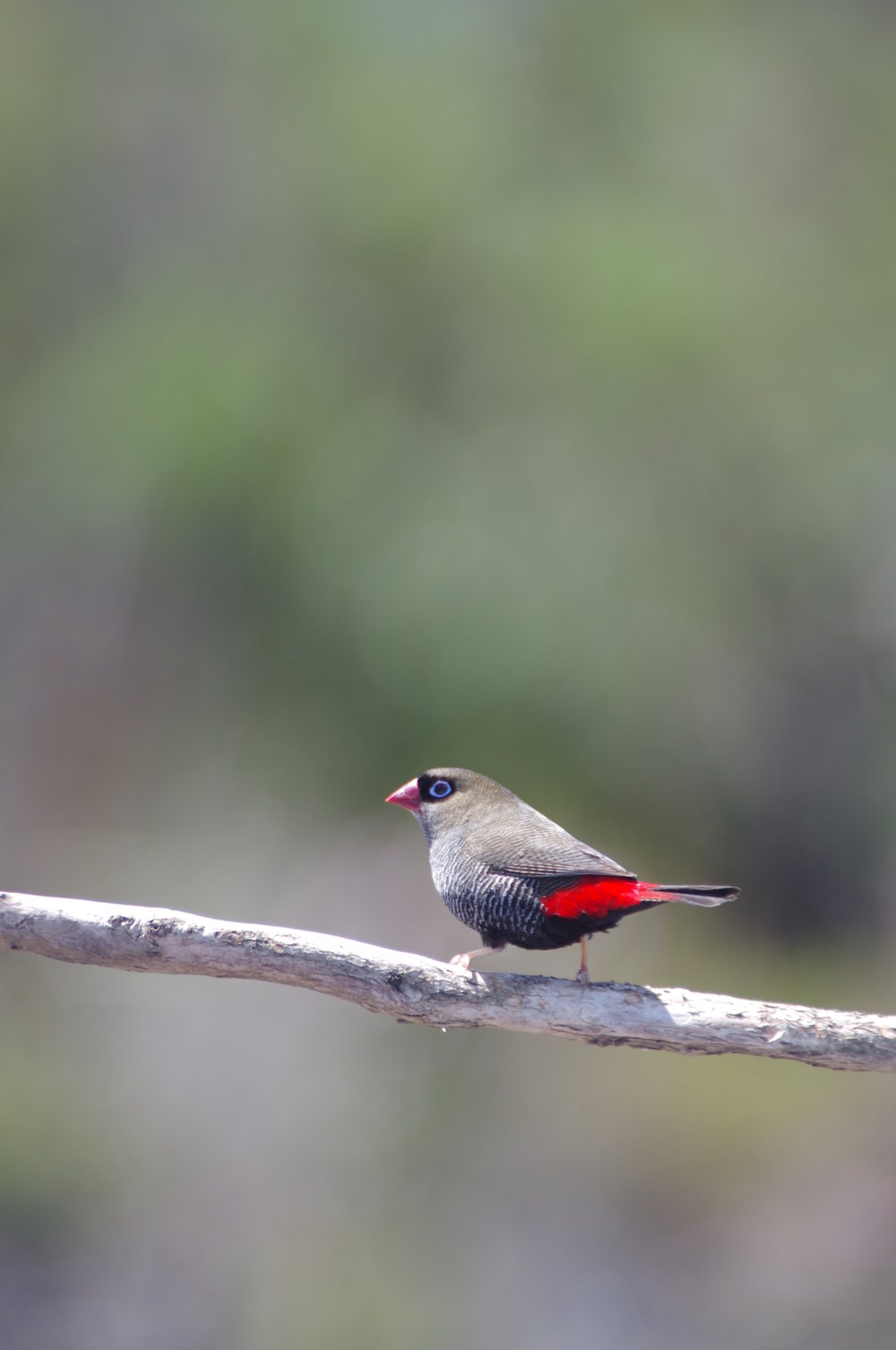
Double-barred Finch
Double-barred Finches qualify by the merest of margins as a Victorian finch. They are common in open woodlands and scrub across northern Australia, but their range extends south to capture only a sliver of north-east Victoria. If you wish to add this species to your Victorian list (and why wouldn’t you?), hillsides around Wodonga offer your best chance. Like the Zebra Finch, Double-barred Finches may also be nomadic as they search for favourable conditions. For this reason, you may want to check eBird for recent Victorian sightings before making the journey up to the north-east.
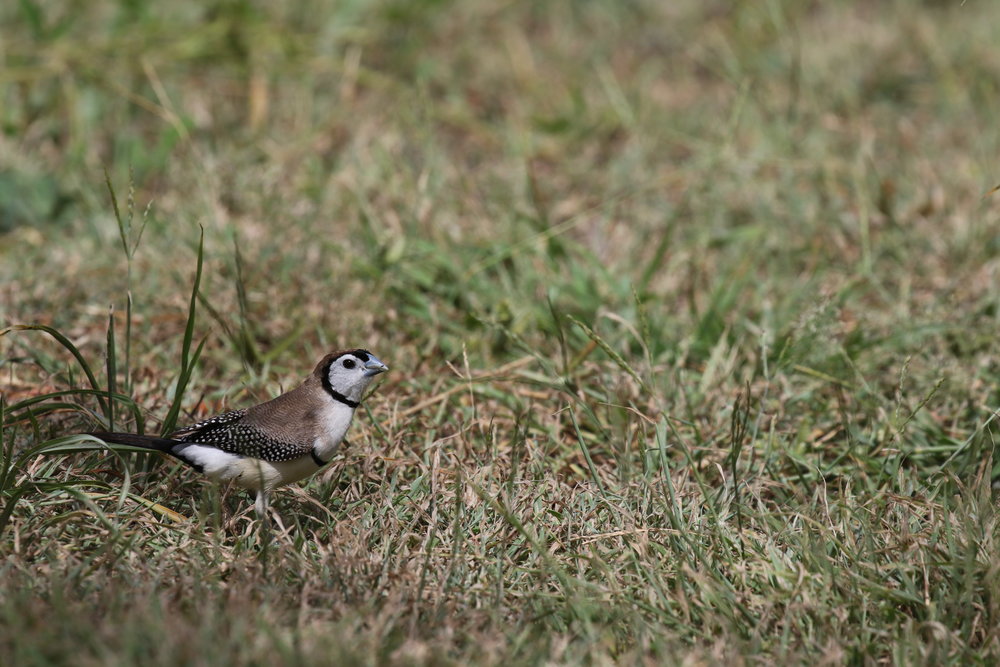
Banner image courtesy of Rowan Mott.

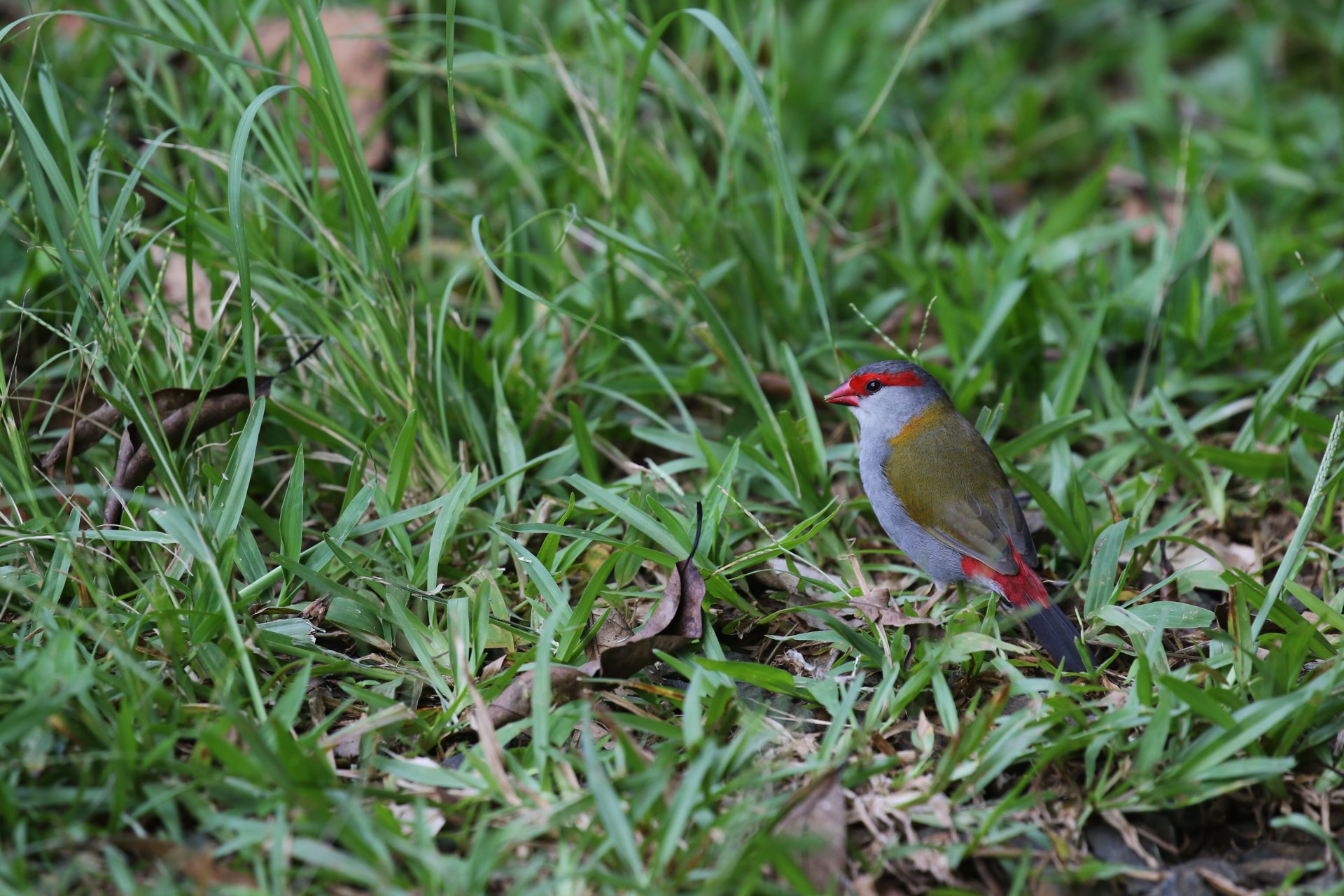
Leave a Reply